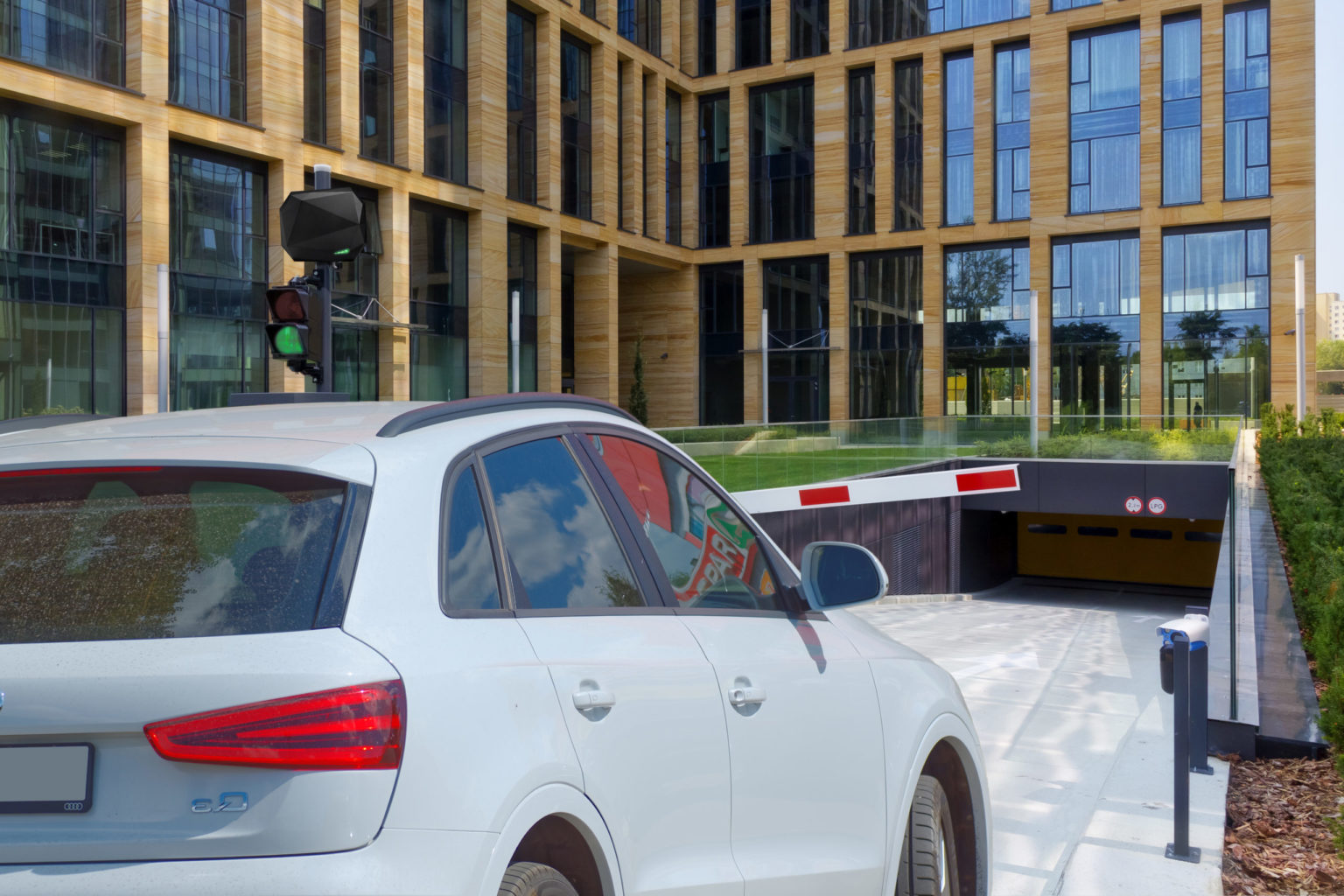Exclusive: The need for intuitive vehicle security


James Thorpe
Share this content
Vincent Dupart, CEO of STid provides an overview of innovations to manage vehicle access points with simplicity and security.
Traffic jams, a motorist’s daily experience can easily turn into a nightmare. At the car park entrance, the situation is no better: they need to stop their vehicle, open the window and present their badge until it almost touches the reader in order to gain access. This lack of fluidity has an impact on both the driver and the surrounding environment: public roads and streets, other users; all this is a source of tension, especially with longer queues.
Contactless technologies (RFID, Bluetooth, IoT, etc.) offer new possibilities to make car park access more fluid and more secure. How? By automatically identifying the vehicle and/or its driver.
Vehicle access control should be as instinctive as the high-security identification of individuals. It should provide the user with new ways of simplifying their daily routine and especially to avoid bottlenecks at peak times.
Secure, discrete and scalable
In practical terms, fixed onto the driver’s windscreen is a high-security UHF tag, the Teletag, which can be removed or fixed in place. The fully passive Teletag has an unlimited lifespan and invariable performance. It offers a faultless level of security, a rapid return on investment and requires no maintenance. A parallel with number plate identification is often incorrectly drawn. Number plate recognition enables only filtering. In no way can it guarantee security at access points
When a driver approaches the car park entrance, the vehicle is automatically detected. How? Thanks to STid’s SPECTRE long-range UHF reader installed nearby. The totally secure, discrete and scalable SPECTRE ensures comfortable and reliable readability over a range of up to 13 metres.
The car park operator can opt for multi-antenna access management. Put simply, between one and four antennas can be connected to a SPECTRE reader to address all security challenges and satisfy all configurations: managing a diverse fleet of vehicles (cars and vans, HGVs, motorbikes, etc.), coverage of wide access points or even access control for four separate vehicle lanes.
At this stage, the security aspect can be further enhanced, in particular via a smartphone. How? By verifying the driver’s identity before allowing them access to the car park, with STid Mobile ID. This allows access rights to be controlled in real time: the system ensures that the vehicle can enter the car park and that the driver is fully authorised to do so. A level of security that certain companies or administrative bodies have a duty to ensure, without use of the system putting off employees or causing delays or negative impacts on the working day. Which explains the crucial role of the smartphone: intuitiveness triumphs over inconvenience.
But this need for intuitiveness must not be detrimental to security. 90% of companies believe that their data is under threat. It is crucial to guarantee the protection and confidentiality of data. This is why STid ensures security between Teletag and the reader and between the reader and the system using the SSCP protocol, which helps to provide uniform end-to-end security. STid is able to guarantee data encryption and authentication methods that provide secure storage and data exchanges in accordance with the recommendations of specialist independent bodies in the information security sector (French National Cybersecurity Agency, FIPS, etc.). Which explains why 70% of French banks have opted for STid solutions.
Qualifying the need for an optimal system
Fluidity, high security, what is the right balance? This can be a complex issue. If the need is not clearly defined, deployment can prove to be unnecessarily expensive. What is the objective? More fluid access or even optimised use of parking spaces? Guarantees that only authorised vehicles and individuals can access facilities? Here are three use cases to illustrate these issues.
One of the nine ski areas in the Mont Blanc region found itself faced with the need to both ensure fluid access and identify users. Why? At the height of the season, the resort welcomes holidaymakers, year-round residents and seasonal workers. Identifying these different profiles is essential: it allows specific and tailored rates to be set for both customers and local residents.
In the smart city, there is a need to provide fluid transport options. The identification of bus fleets helps to recognise buses entering/exiting waiting areas in real time and facilitate this process. In this case, the driver’s identity is not essential to the system’s operation.
Another key use case is access management for fleets of motorcycles in car parks. The motorcyclist does not have a number plate at the front for identification. This hinders access control for their vehicle. They are required to remove a glove to either use a badge or identify themselves using a smartphone. The technological response here takes the context into account: the stickers are affixed directly onto the grille of the motorbike for optimal fluidity. By simply tapping their telephone, the motorcyclist can unlock access via the STid Mobile ID app.
These examples demonstrate that the answer is not merely technological in nature. Deployment success depends on a number of building blocks. A prior requirement is to thoroughly analyse the processes, identify the added value of the technologies and measure the return on investment. Cementing this success are attentiveness to needs and the ability to work in close collaboration with the teams involved in the project. This approach enables all users to enjoy greater freedom of movement, in complete security.

This article was published in the July 2020 edition of International Security Journal. Pick up your FREE digital copy on the link here.



